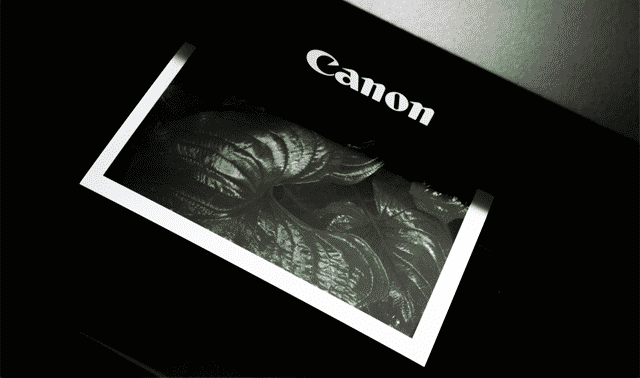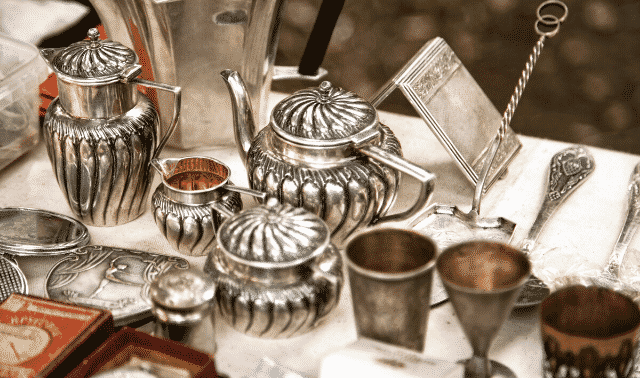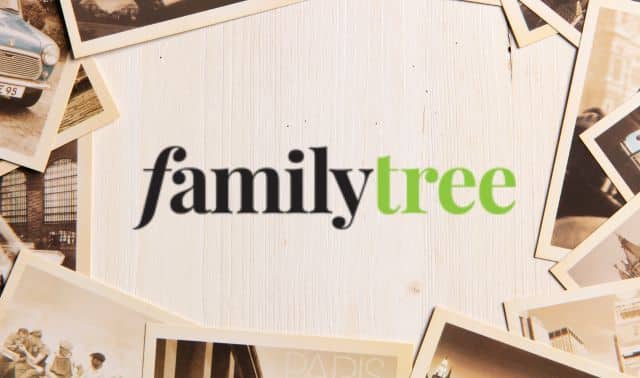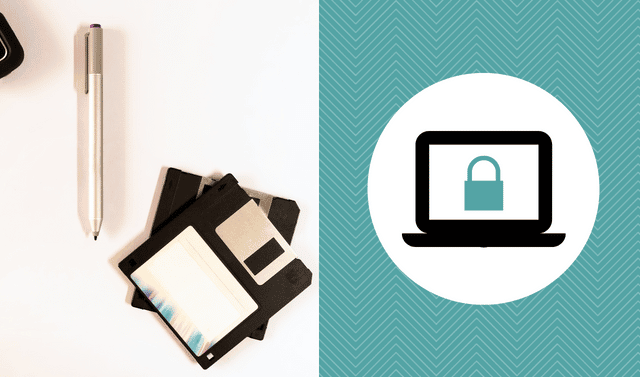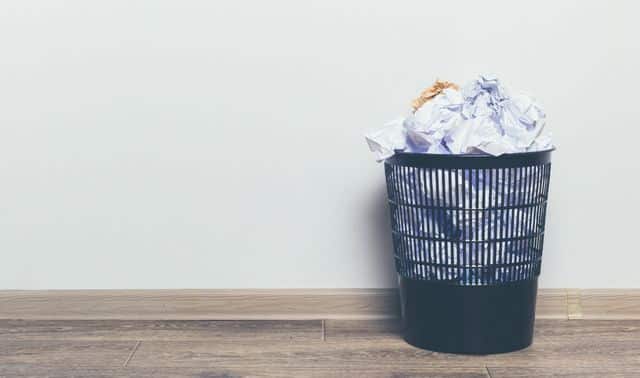
They circulate on the internet, they’re disclosed at crops — they’ve even been printed in magazines. Many of you would swear they’re true. They’re myths about safe archival practices, and they confound the most experienced family historians. We asked the experts to evaluate six common scrapbooking and preserving beliefs. Here’s what we learned:
Myth 1: Journaling printed on a good ink-jet printer will last just as long as handwritten journaling.
False. Although computer journaling is often more convenient than writing by hand, the high-tech approach may sacrifice the longevity of your words, Peter Ouyang, vice president of product development and marketing at Sakura of America (makers of Gelly Roll pens) and a Scrapbook Preservation Society member, recommends using a pigment-ink pen for scrap hook journaling. In tests, pigment inks have proven more stable and longer-lasting than both dye-based and ink-jet printer inks. Use a pen with water-based (rather than resin-based — what you’d find in a paint pen) solvent that’s waterproof when the ink is dry.
Myth 2: If you’re unsure of an embellishment’s safety, matting your photos will help protect them from any acid migration.
False. “The idea that a mar will save your image is dubious,” says Daniel Burge, a scientist at the Rochester Institute of Technology’s Image Permanence Institute. Remember that every element placed in a scrapbook is made up of chemicals, Once you complete a scrapbook page and cover it with a page protector, it becomes an enclosed environment that’s prone to chemical interactions. That’s why you want to use the safest products available to protect your photos.
A photo mat made of buffered paper can help keep your photos safe from acid migration. Buffered papers have been treated with an alkaline (or pH-positive) substance, such as calcium carbonate. That “buffer” helps neutralize acid from mementos such as tickets or receipts. Even so, why risk it with your most important photos? Scan or photocopy the item onto acid-free, lignin-free paper — and read the next myth.
Myth 3: Items labeled acid- and lignin-free are always safe to use with photographs.
False. “Acids and lignin are only two of the possible harmful components in scrapbook products,” Burge says. Labeling products with certain buzzwords can make products appear safe when they actually may not be.
Acid-free is one such word that shows up everywhere in the scrapbooking aisle. You’ll see it on many products. Although those products probably are indeed acid-free, they may contain other harmful ingredients. For example, being acid-free isn’t an important issue for your pens — instead, it’s essential that the ink inside a pen is pigment-based and waterproof (see myth 1).
Lignin occurs naturally in tree pulp, so the label lignin-free applies only to paper products. Don’t be fooled if you see a pen or page protector with that label. They’re not made of paper, so of course they’re lignin-free.
To ensure you’re using the safest products, learn the terminology and know which terms apply to which products. Be sure to use only plastics that are made from Mylar, polyethylene or polypropylene. Steer clear of products containing PVC (polyvinyl chloride). You know that new car smell you love? That’s the fumes released by PVC — not something you want in your scrapbook.
Myth 4: Traditionally processed photos last longer than digital prints.
True — for the most part. A traditional photographic print is made with the C-41 process on silver halide paper. Prints made this way are the most stable, but Burge says digital systems are getting better.
All photos will fade eventually if exposed to bright light for extended periods, but digital prints are also susceptible to deterioration caused by air pollution (such as ozone) and humidity. Traditionally processed color prints have a top gelatin layer that shields the image from these elements, according to the photo-research firm Wilhelm Imaging Research. (Nevertheless, it’s a good idea to protect your albums from dust and high humidity.)
You can get long-lasting prints from a desktop printer, says Wilhelm president Henry Wilhelm. Use inks and papers recommended by the printer manufacturer, and store the prints in a dark, temperature-controlled environment.
In fact, when it comes to resisting bright light, prints from printers such as the Epson Stylus Photo 2200 and the Hewlett-Packard Deskjet 5550 outlasted traditional photos, according to Wilhelm’s tests. Epson prints had a 90-year life span and HP’s prints boasted a 73-year life span. The longest-lasting traditional photos, printed on Fuji’s Crystal Archive paper, showed evidence of deterioration after 60 years. Studies show most desktop photo printers produce prints lasting anywhere from two to 38 years.
Myth 5: Cropping a Polaroid photo will release harmful chemicals into your scrapbook.
False. A Polaroid photograph is constructed like a sandwich, with pH-neutral photodeveloping chemicals inside the layers. After you take a Polaroid, give the image 20 minutes to develop, and then you can safely crop it, says Polaroid spokeswoman Barbara Poremba. But she recommends waiting 24 hours before cutting to be sure the image has fully developed and the chemicals are neutralized. Poremba adds that with proper storage in an album, Polaroid prints will remain stable for more than 50 years.
Myth 6: If you’re unsure about the safety of any paper item (a greeting card, receipt, etc.), coat it with a deacidification spray before placing it in your scrapbook.
True. But don’t think such sprays — which are formulated to neutralize the acid in papers — are a cure-all that will make any item safe for your scrapbook. Most sprays aren’t intended for use on non-paper items, including photos.
“Archival sprays should help most paper products,” Burge says. “But J would be concerned about spraying [them] on inks that are water soluble.” Test the spray first on an inconspicuous area — or play it safe and use a copy made on acid-free, lignin-free paper.
A version of this article appeared in the May 2004 issue of Preserve Your Family History.

